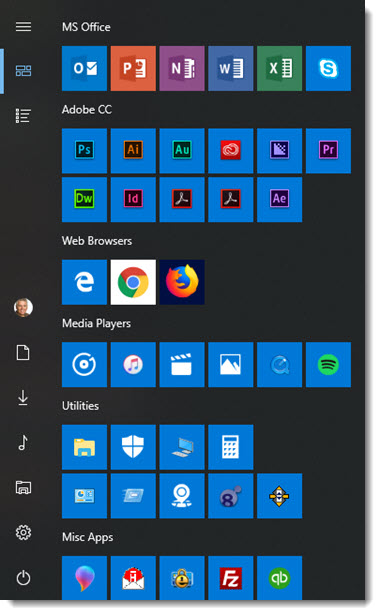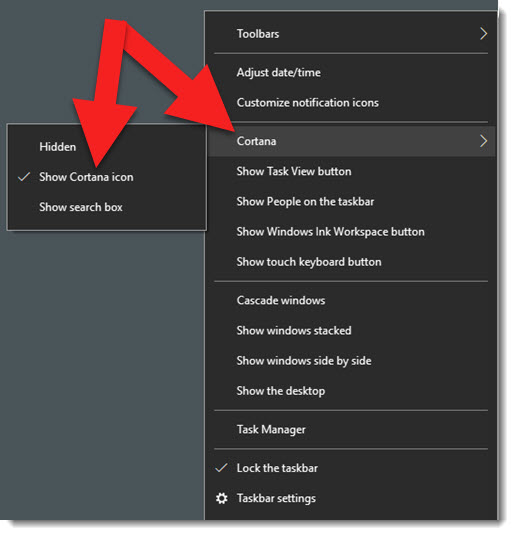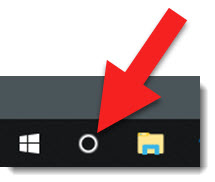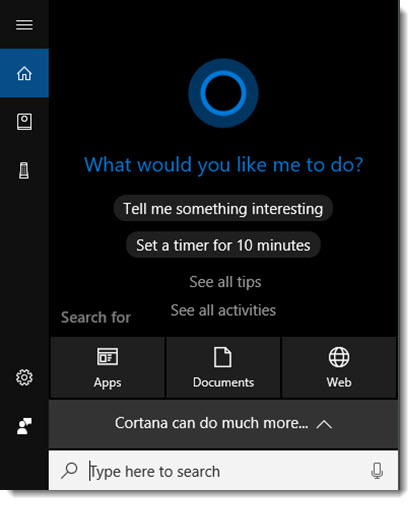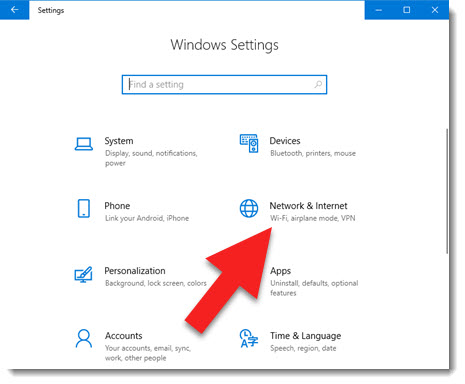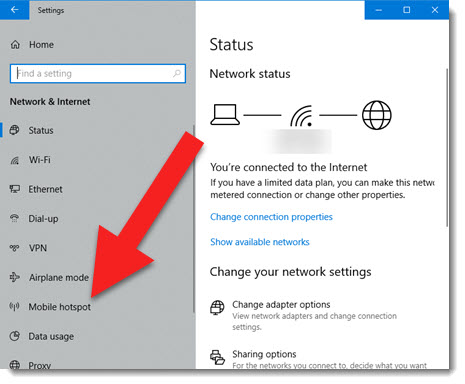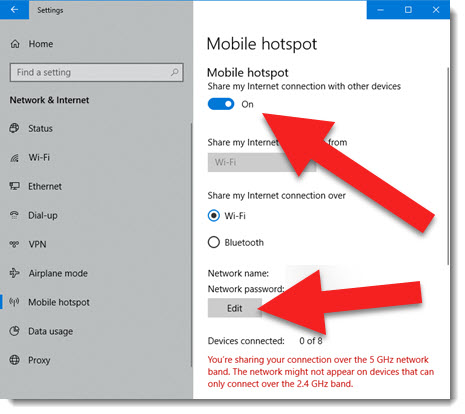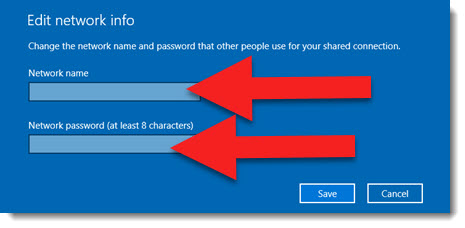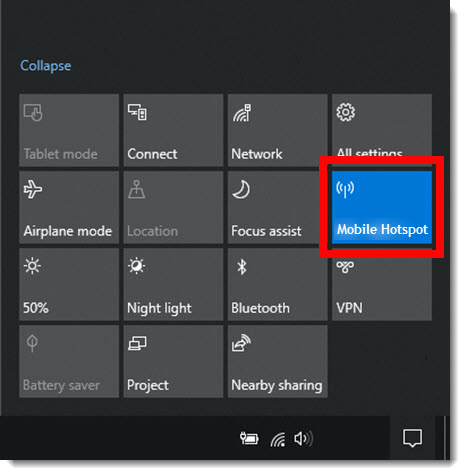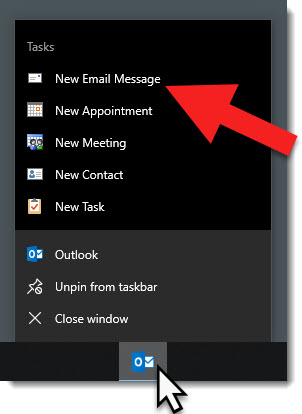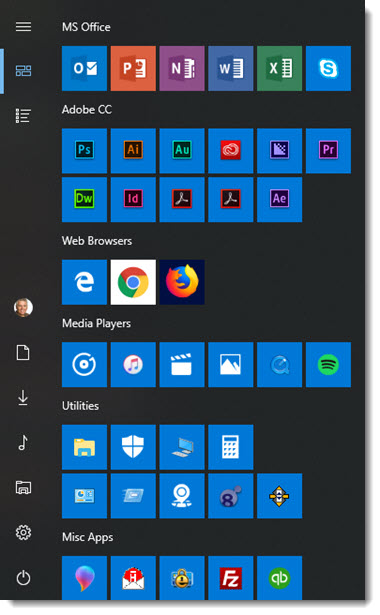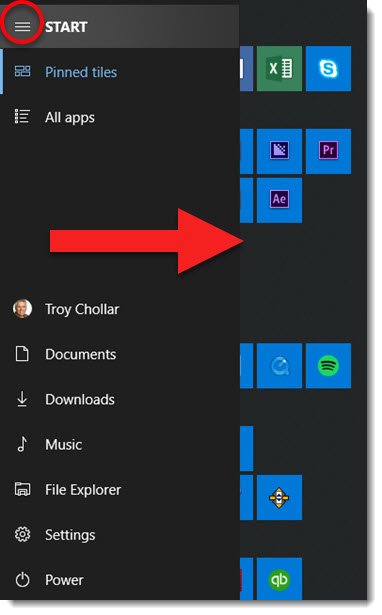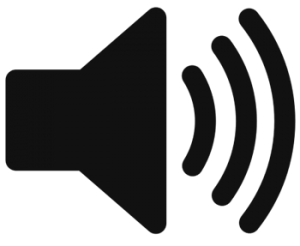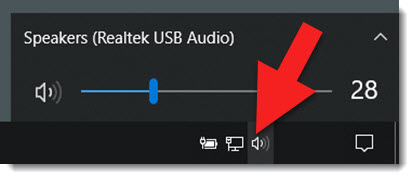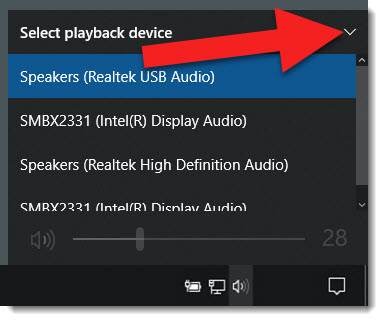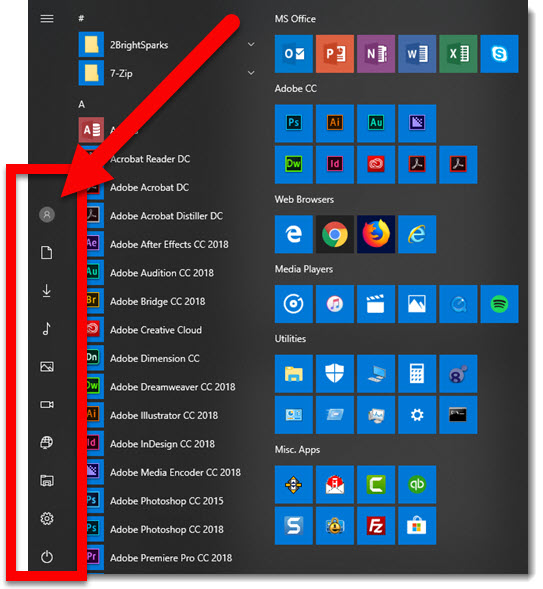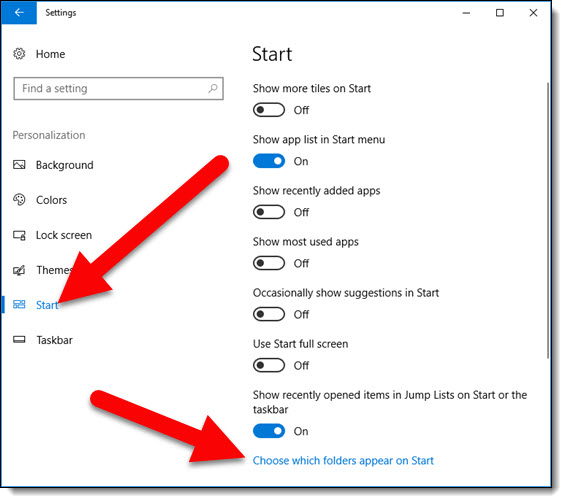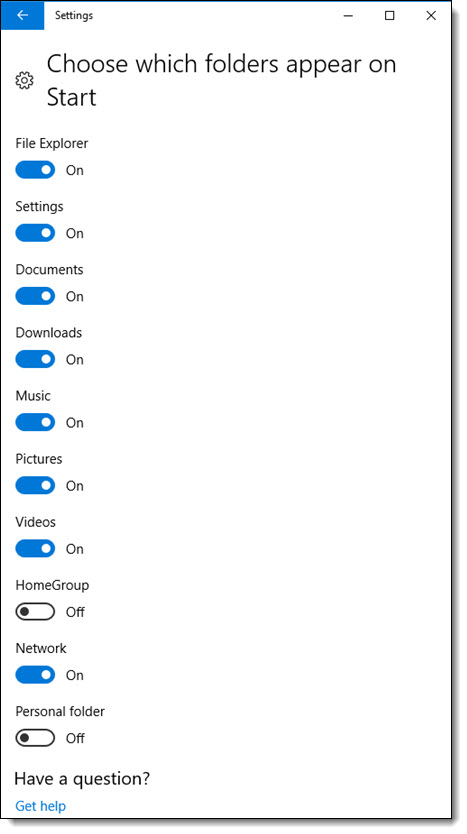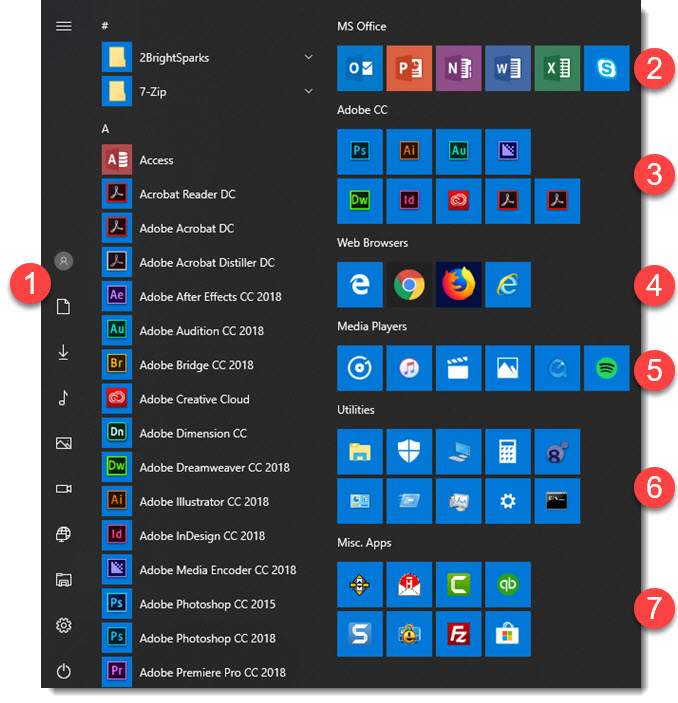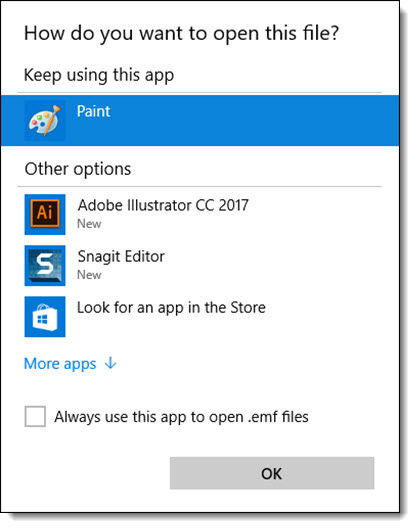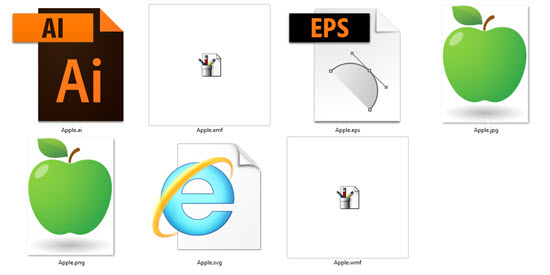Focus Assist is basically a “Do Not Disturb” mode for your computer. Focus Assist allows you to avoid distracting notifications. I find it most helpful for presenters to keep notifications for email, Skype messaging and other unwanted pop-ups from displaying while presenting. Focus Assist is the new name for an earlier Windows 10 feature previously called “Quiet Hours”.
There are a few ways to access Focus Assist, my preference is through the notifications button in the lower right task bar to access the action center. When the icon is grey, Focus Assist is turned off.
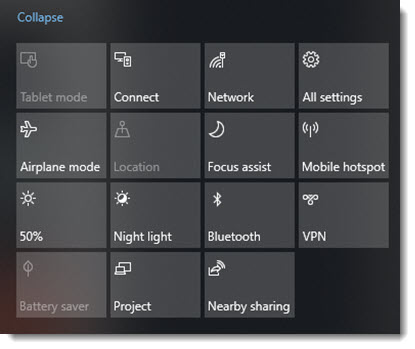
The first click turns on Focus Assist in the Priority Only notifications mode.
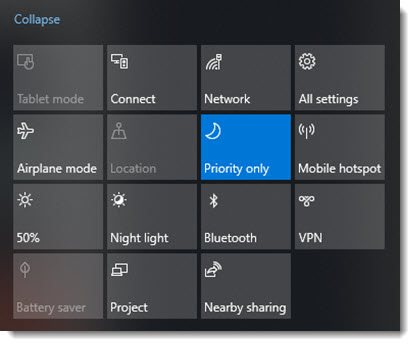
Click again and it toggles Focus Assist to the Alarms Only notification mode.
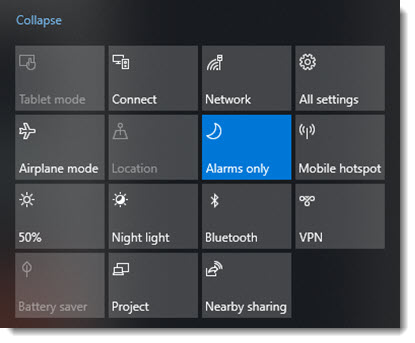
Right-click the Focus Assist tile any time to open the Windows 10 Settings in the Focus Assist options.
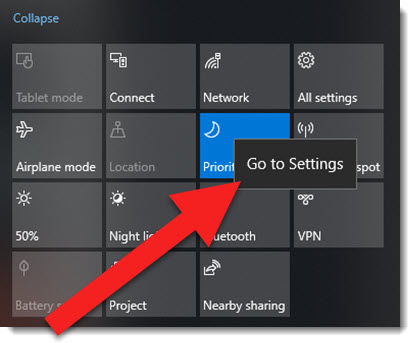
The Focus Assist settings area has a lot of options and access to the customization options.
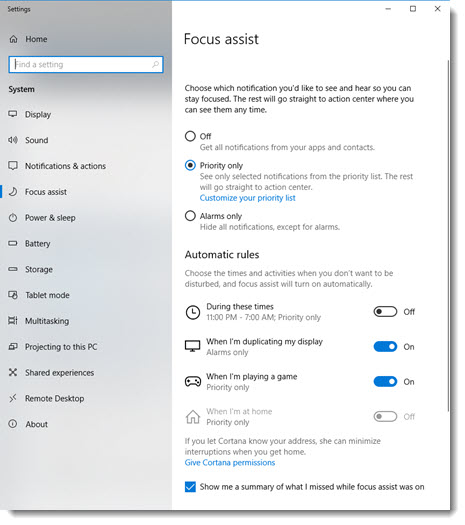
Focus assist has 3 levels, off and 2 on options:
- Off
- Priority only
- Alarms only
In the priority only option, there are options to create custom lists of what is allowed and not allowed. The APPS section is the most important to a presenter. I created a list to basically not let any app interrupt me while presenting (NOTE: unfortunately Focus Assist only can control Microsoft Store apps. I am hoping that Microsoft is able to expand this list anything installed on the computer!)
One of the shortsighted features is the DUPLICATING MY DISPLAY rule. This rule turns on Focus Assist automatically when your display is duplicated, theoretically while you are presenting. But, the rule cannot be modified to work with an extended desktop configuration and presenting with Presenter View.
If you present, or just need ‘do not disturb’ times, look into the features available with Windows 10 new Focus Assist.
Troy @ TLC
